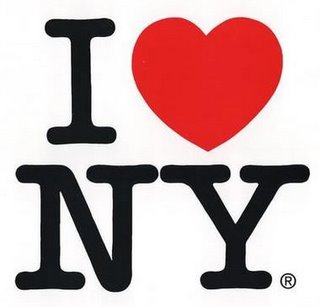* First World: 16.4 billion years ago. The Big Bang. Development of cellular life on earth.
* Second World: 820 million years ago. Animal life emerged.
* Third World: 41 million years ago. Evolution of primates and first use of rudimentary tools.
* Fourth World: 2 million years ago. Tribal organization.
* Fifth World: 102,000 years ago. Homo sapiens emerged. First use of language.
* Sixth World: 5,125 years ago (from 2012). Creation of patriarchal society, law, writing.
* Seventh World: 256 years ago. Creation of Industrialization, Electricity, Technology.
* Eighth World: 12.8 years ago (from 2012). 1999. The dissemination and consumption of global information via the Internet.
* Ninth World: 260 days after 2012. ???
Its anyone's guess as to what will happen at this point, but there is plenty of conjecture. Some hypothesize that the earth's poles will undergo a magnetic shift, causing problems in instrumentation but also in the migratory patterns of birds and insects. Some hypotheses put the culmination of peak oil at this date, at which point massive socio-economic shifts will take place, leading to increased pressure on food stores and fresh water supplies. Some think that 2012 will usher in the first use of widespread nuclear weapons. Global warming will decimate the planet.
Pinchbeck attempts to fill in the question marks and in so doing hits all of it in this book: global warming, massive culminations of wealth by the very few, exponentially increasing availability of information through the internet, terrorism and runaway nation-states, excessive materialism and its effect on our psyche, nuclear proliferation, disintegration of the family and our national health.
Quoting Marcuse: "There is a fundamental irrational rationality of our system. Industrialization and mechanization could - and logically should - have led to a reduction in labor time and the institution of a post-work and post-scarcity global society after World War II... The response to this deep threat to the controlling apparatus was the creation of "false needs" in the consumer, the perpetuating fear of nuclear war and terrorism, and the use of the mass media to enforce consensus consciousness:
The union of growing productivity and growing destruction; the brinkmanship of annihilation; the surrender of thought, hope, and fear to the decisions of the powers that be; the preservation of misery in the face of unprecedented wealth constitute the most impartial indictment. Its sweeping rationality, which propels efficiency and growth, is itself irrational.The great mass of humanity forfeits their inner freedom of thought, conscience, and will to participate in this system, which presents itself as inevitable, inescapable, and airtight."
Pinchbeck looks at the theme behind all of these trends, and gives archetypical descriptions along with personal and global ramifications of all of it. He goes about answering these questions in a very personal way, one that i think we are all ultimately facing: do we find in ourselves the strength to change what is necessary in order to avoid total extinction? Pinchbeck's answer is ultimately a Gnostic one, where he integrates multiple shamanic religions and narratives to arrive at an answer that corroborates well with my own understanding of our role. Fear is the first and most natural response given any threat. But because we have a higher role as human beings, we must ultimately move past our fear and overcome ourselves first to usher in the change that we so desperately need.
Quoting Gebsner:
All work, the genuine work we must achieve, is that which is most difficult and painful: the work on ourselves. If we do not freely take upon ourselves this pre-acceptance of the pain and torment, they will be visited upon us in an otherwise necessary individual and universal collapse. Anyone dissociated from his origin and his spirituality sensed task acts against origin. Anyone who acts against it neither has a today nor a tomorrow.


 comedy shows, riding the subway, actually winning $ at the horse races, eating Allison's cooking, seeing
comedy shows, riding the subway, actually winning $ at the horse races, eating Allison's cooking, seeing 